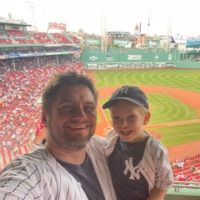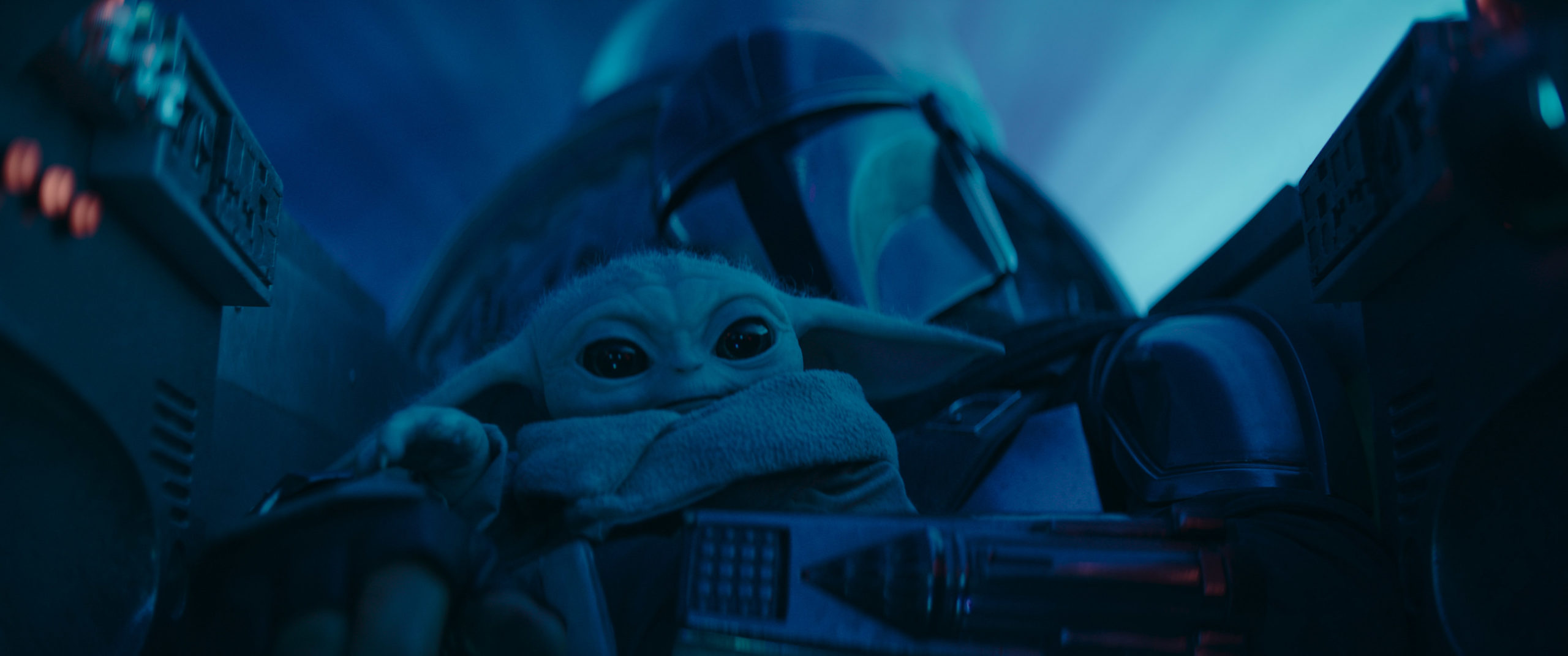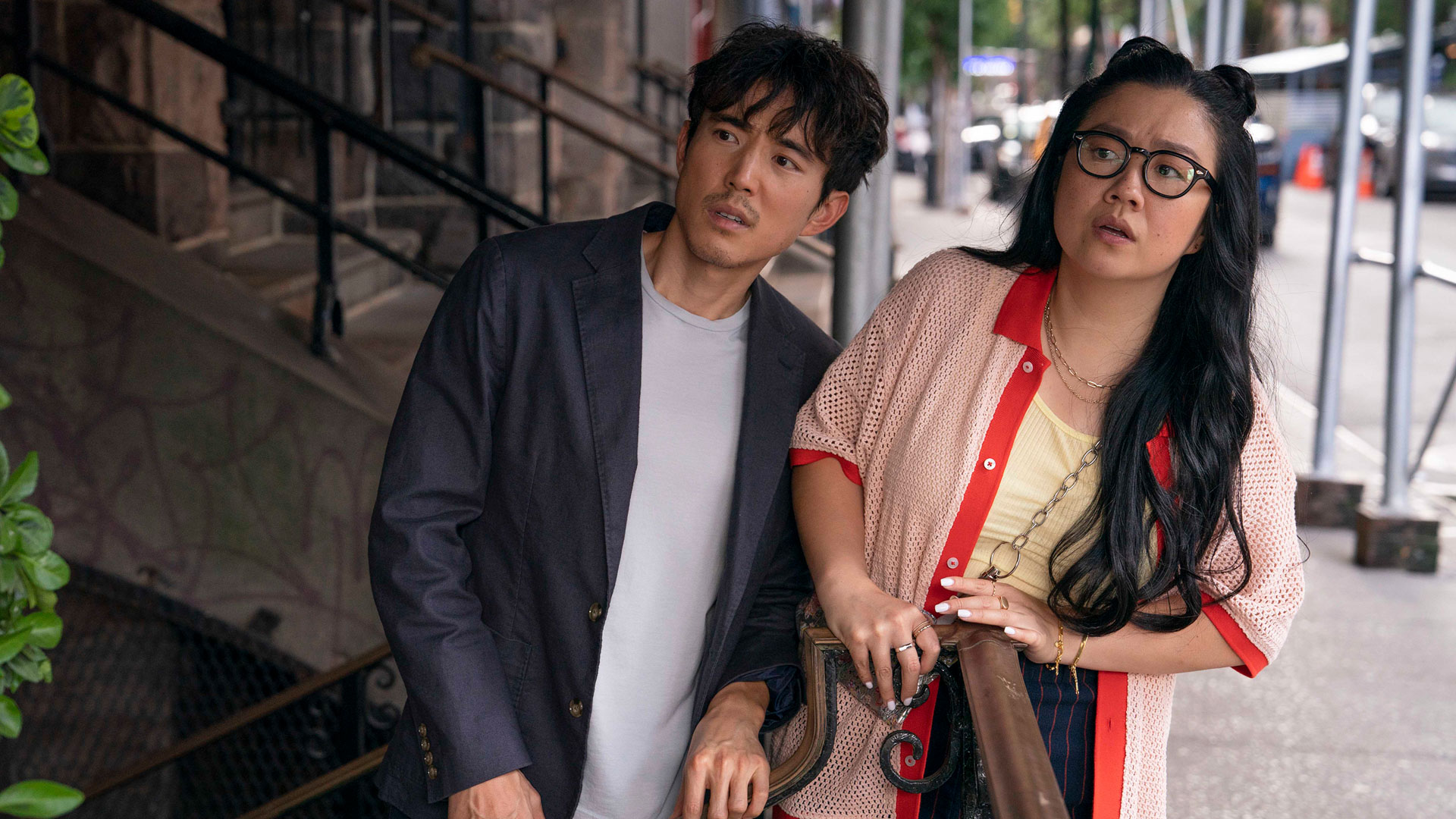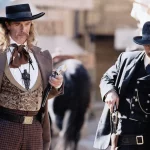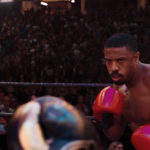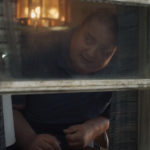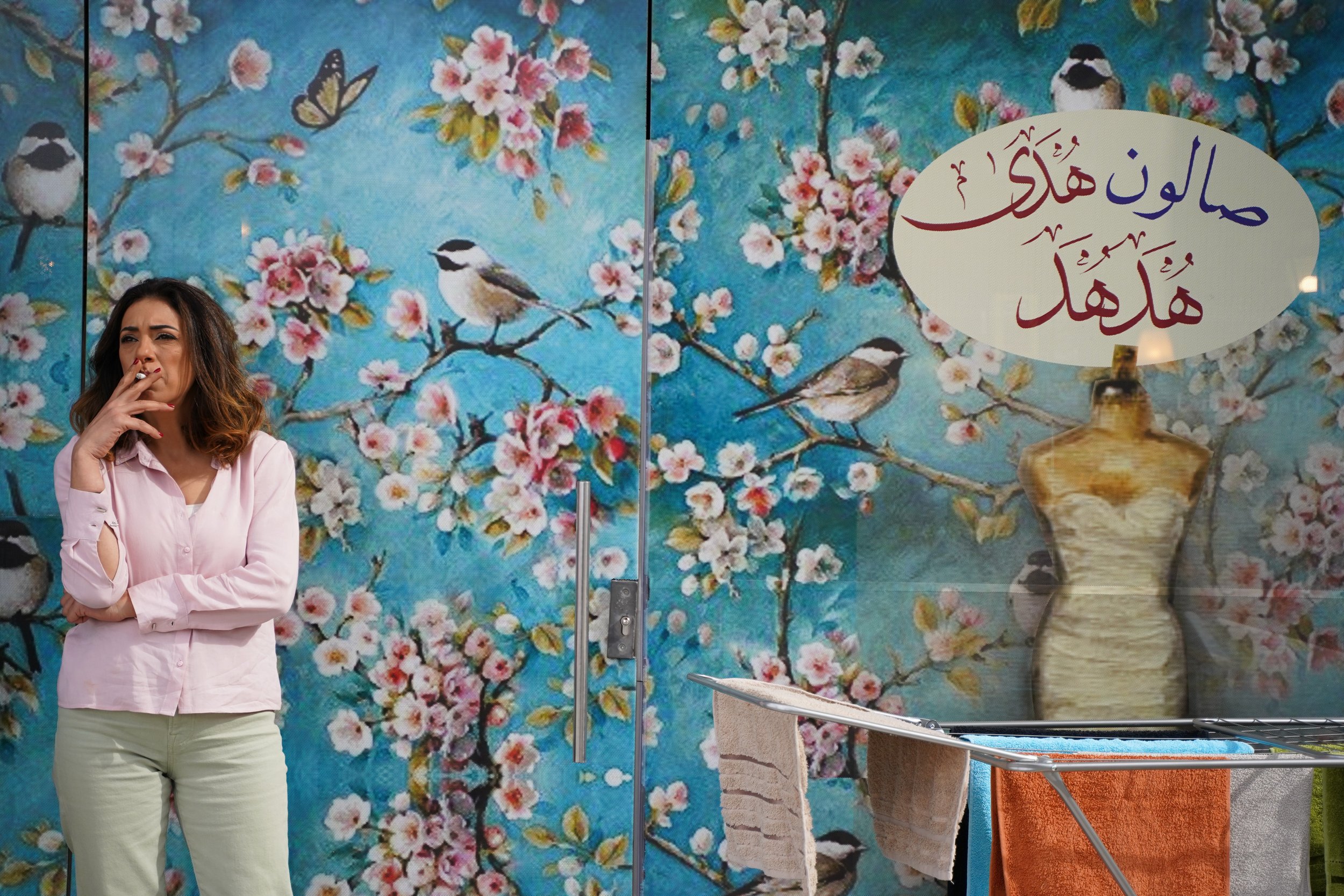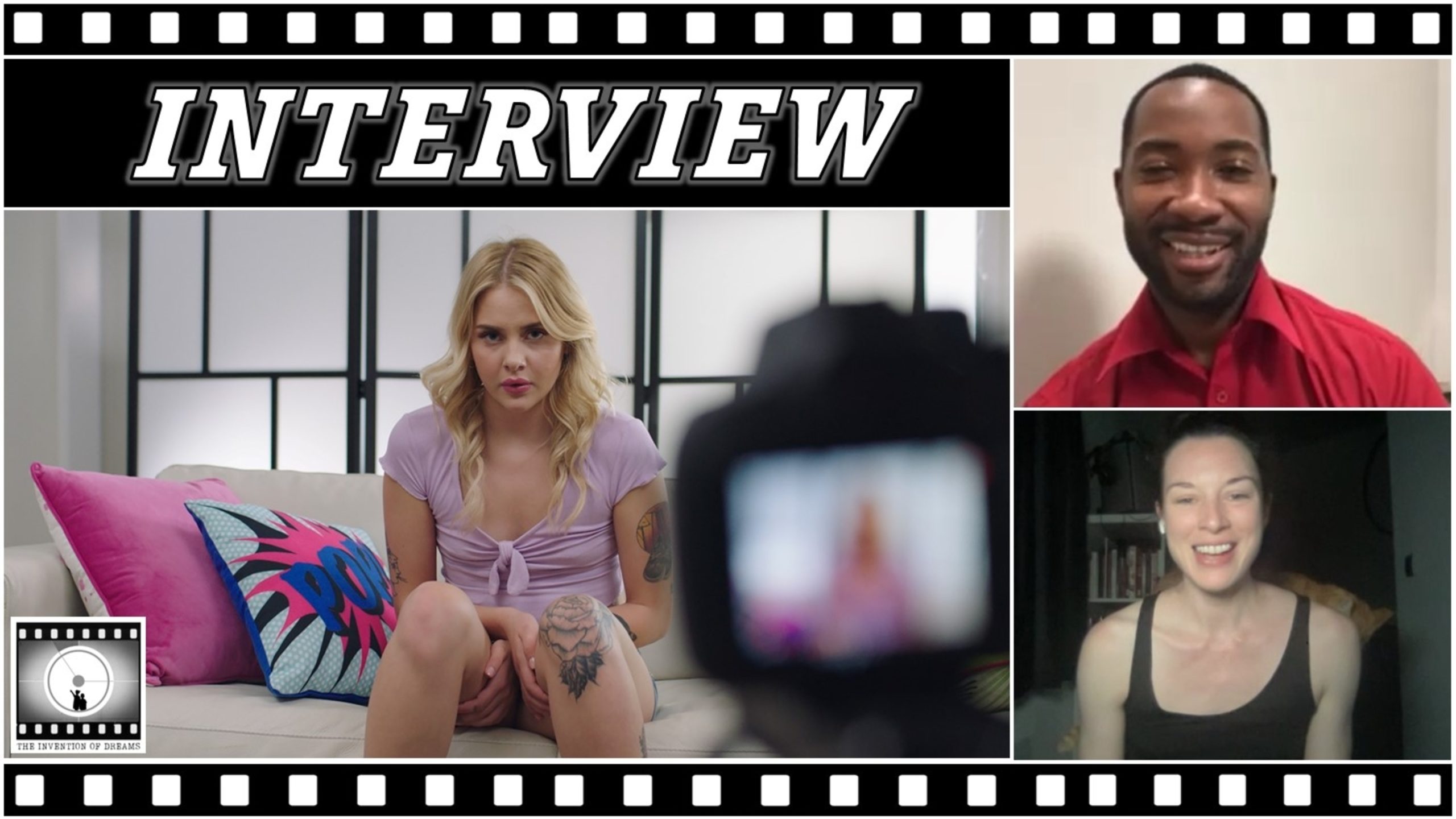I had the chance to speak with actor Anders Danielsen Lie about his role in Joachim Trier’s The Worst Person in the World. Anders is probably best known for his past collaborations with Trier in Reprise and Oslo, August 31, which was awarded the Un Certain Regard at Cannes. He has also starred in films from revered filmmakers such as Olivier Assayas (Personal Shopper), Paul Greengrass (22 July), and Mia Hansen-Løve (Bergman Island). Lie is a fascinating figure off screen too. A scholar in both ancient Greek and musicology, Lie has acted in three languages, is a published author, and balances his film career with an active practice as a medical doctor in Oslo, Norway.
The Worst Person in the World was my favorite film of 2021 and it was a real privilege to speak with Anders about the making of the movie.
Video:
Transcript:
The following has been lightly edited for clarity and conciseness.
Anders Danielsen Lie on His Relationship with Director Joachim Trier
How did your relationship with Joachim Trier first form? You two have become sort of inseparable in a Linklater and Hawke-type way so I was curious how you first came to meet him and how the relationship has evolved.
ADL: I met Joachim during the casting of Reprise his first film. We’d never met before that but Oslo is a small city so we could have met easily. He’s a little older than me but we were in the same circles for years before that. We had an excellent experience making that film together and became friends afterwards. We sometimes talked about how it would be fun to do something again, but I was quite surprised when he approached with Oslo, August 31 as I had never foreseen that we would work together on a second film as well. That was also a very nice, intense experience. I think that we have used our private friendship a lot in our professional collaboration. For a film like this, it feels like all the conversations we’ve had about real life relationships and our own problems has been a kind of research for a character like this.
Anders on How He Selects Projects While Balancing His Career as a Physician
How do you go about picking projects, both with Joachim and generally? I know you have your second career as a doctor so, on a personal note, as a lawyer with two kids who is struggling to find the time to write film criticism I have so much respect for your ability to balance all of these things. I’m curious what pulls you in to commit yourself to a film or TV project.
ADL: I try to be selective. I try to only the pick the projects that I deeply care about, and I really have to because I don’t have time for anything more than that. It’s a mix of that and what you actually get offered. For me, it starts with a good script. I’ve never been part of a project where it hasn’t started with me deeply believing in the script, and finding the script meaningful. That’s the first and most important thing, and then it’s the director’s vision and what the director wants for the film. The project itself, and the script, is most important.
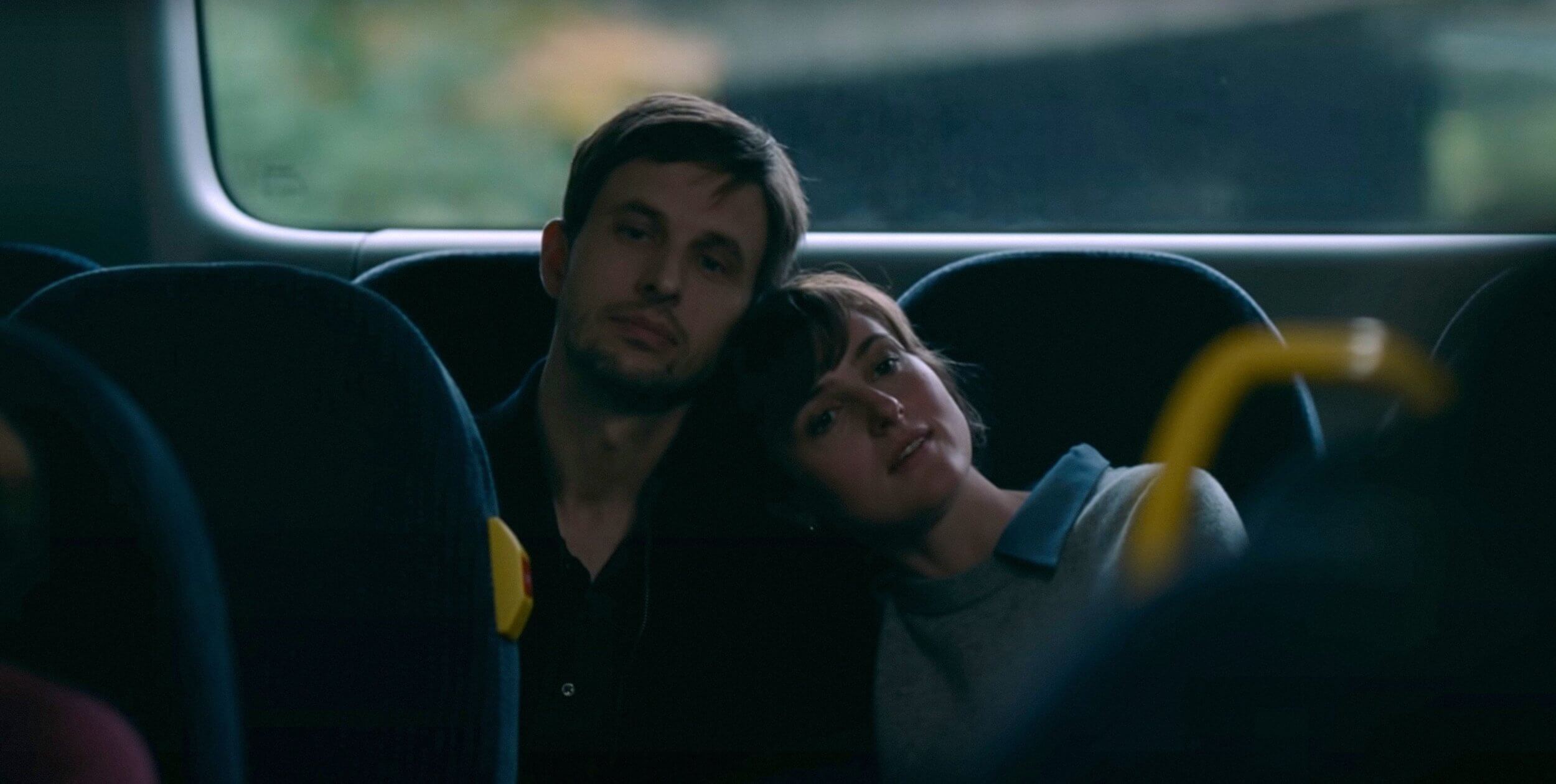
How Anders Became Involved with The Worst Person in the World
How did it come together with The Worst Person in the World? How much of it was Joachim reaching out and saying “it’s time, let’s get back together”? How much was “here’s a script, what do you think?” or was it from the fruitful conversation you mentioned?
ADL: I knew that he was making a film with Renate Reinsve as the lead character. I didn’t expect to be offered a role in the film. He actually said “I think this role could be a role for you. My only concern is that you’re probably not old enough.” We could see the age difference was quite important for the bad timing element of the love story, but also the contrast with her being a millennial and my character being a Gen X. They had to have different references. When we started talking about it, it slightly pivoted to what the character could represent thematically because it was not a psychological portrait of him. As a character, he would always be seen from her point of view. When we started talking about how we could represent the melancholy and the passage of time, we could hopefully link the film to the other two films in the trilogy and make a thematic entity.
Anders’ Process Building the Illusion of a Long Term Relationship with Renate Reinsve
Tell me about your relationship with Renate Reinsve. I know you worked together at least for a handful of scenes in Oslo, August 31, but what was it like to slip into such an intense relationship even from the film’s earliest scenes it’s diving deep into the age gap.
ADL: It sounds on the paper like a scary thing to do when you don’t know someone that well, but I always felt secure and comfortable with Renate because she’s so much fun to work with. She’s so generous, funny, and creative. She’s not afraid of analyzing a scene down to the most minute detail, but she can also go into deep emotional territory right after. She’s very shameless when it comes to exploring and using different methods – whatever it takes. We know at the end of the day what appears in front of the camera is what matters and we’re not so interested about how to get there. It’s a trial and error process.
I loved so many of the tiny specifics of the relationship: the way that Aksel (Anders’ character) is so concerned that she’s going to break the tiny lock on the apartment window…
ADL: Yes! That’s improvised!
That’s what I was going to ask, how many of those little details come from you both playing on set and trying different things, or how much of it is in the script. I think of the conspiratorial way you lower your voice when you’re in the shed at the family gathering and it feels so natural so I was curious what the process was like.
ADL: That’s what we worked the most to achieve, to create the illusion of a long term relationship. Two people who knows each other very well. There’s an intimacy, not always a physical intimacy all the time, as intimacy can be so many things. As you say, it can be lowering your voice in a special way when they talk about her dad’s back problems or prostate problems. We worked quite hard to make that as believable and real as possible, but we had something we developed called a just tape. We try to be as well rehearsed as possible so that we really know the contents and the beats and the basic structure of a scene. That makes us more free – it liberates us so we can concentrate on the energy in the room and on unexpected happy accidents that might occur when you shoot a scene. We focus on that so we get spontaneity so we can get direction and composition from the scripted scenes. It’s a way of riffing around and improvising over core changes. So the small parts where I’m afraid she’s going to break the window and all that, I think those moments are the results of us being well prepared so we can use that freedom to do something else.
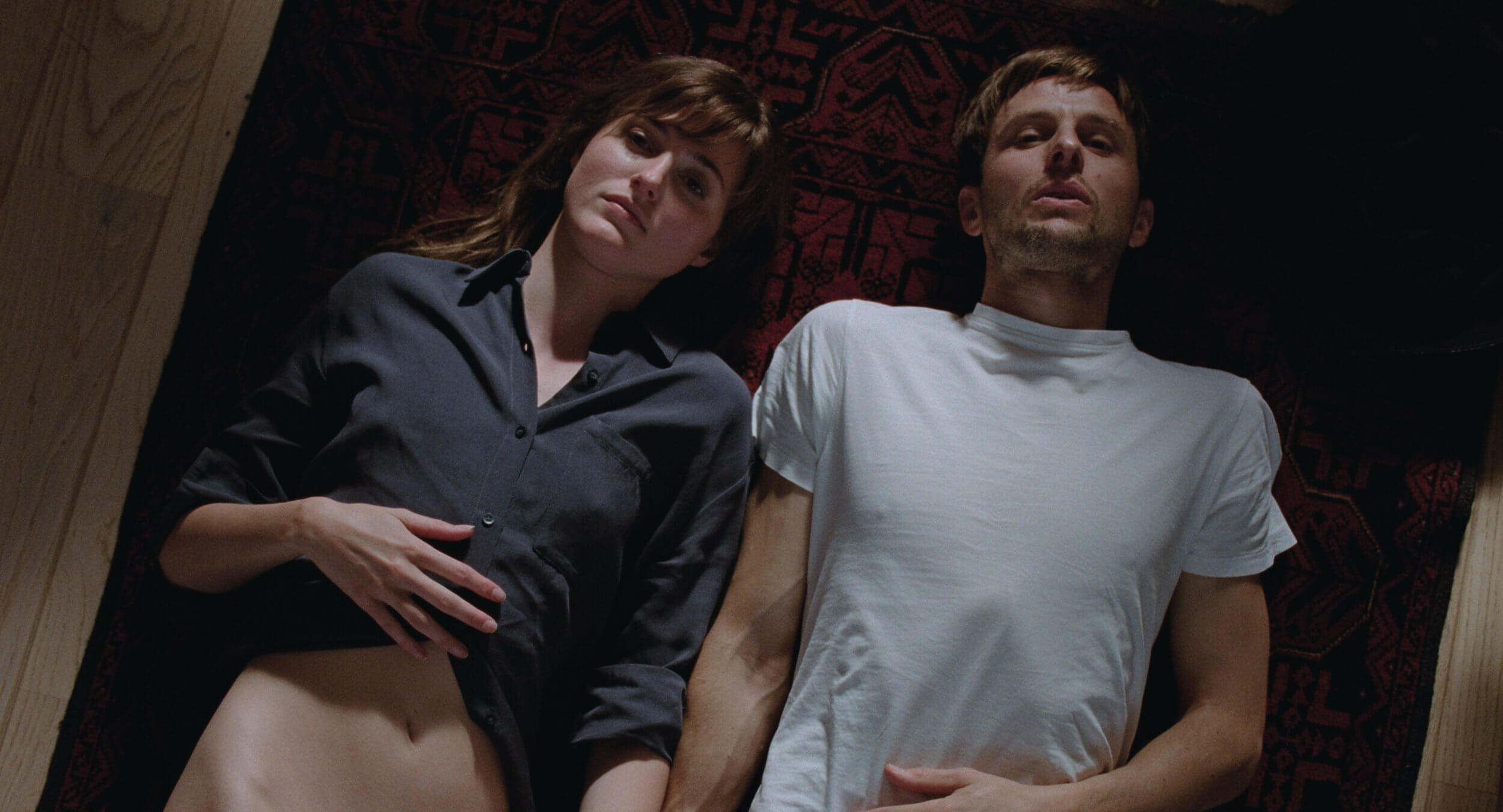
The Complexity of Aksel’s Art
One of the other things I think is really interesting about this character is how we have someone who on the one hand is passionate about the artistic credibility of a cartoon feline’s butthole, and on the other hand is running up against the tension of changing societal norms. I’m curious what it was like to approach what I think is a very complex character dealing with these shifts in generational expectations.
ADL: It’s a very good question. He’s a graphic novelist, a comic book artist. The beauty of that medium is that there’s absolutely no borders between high culture and low culture. It’s a big paradox with high culture that all of the shameful parts of the human experience like going to the toilet is taboo or omitted to use one cliché about that. In cartoons, it’s just one big Freudian universe where everything can be aestheticized. Everything can be regarded as art. With his vision of art, it made perfect sense that he would end up as a graphic novelist and comic book artist.
What’s Next for Anders Danielsen Lie
One last parting question is what’s next for you? Any film projects in the pipeline?
ADL: There’s always projects in the pipeline, but the film industry has always been unpredictable. You never know when things will go into production and when projects get fully financed. With the pandemic, it’s gotten even more unpredictable. There’s no projects at the moment I can talk about but there will be some more films…
I look forward to what’s next. This film was wonderful. I quite loved Bergman Island as well. I look forward to seeing everything you do in the future and I appreciate you taking the time today.
ADL: Thank you so much!
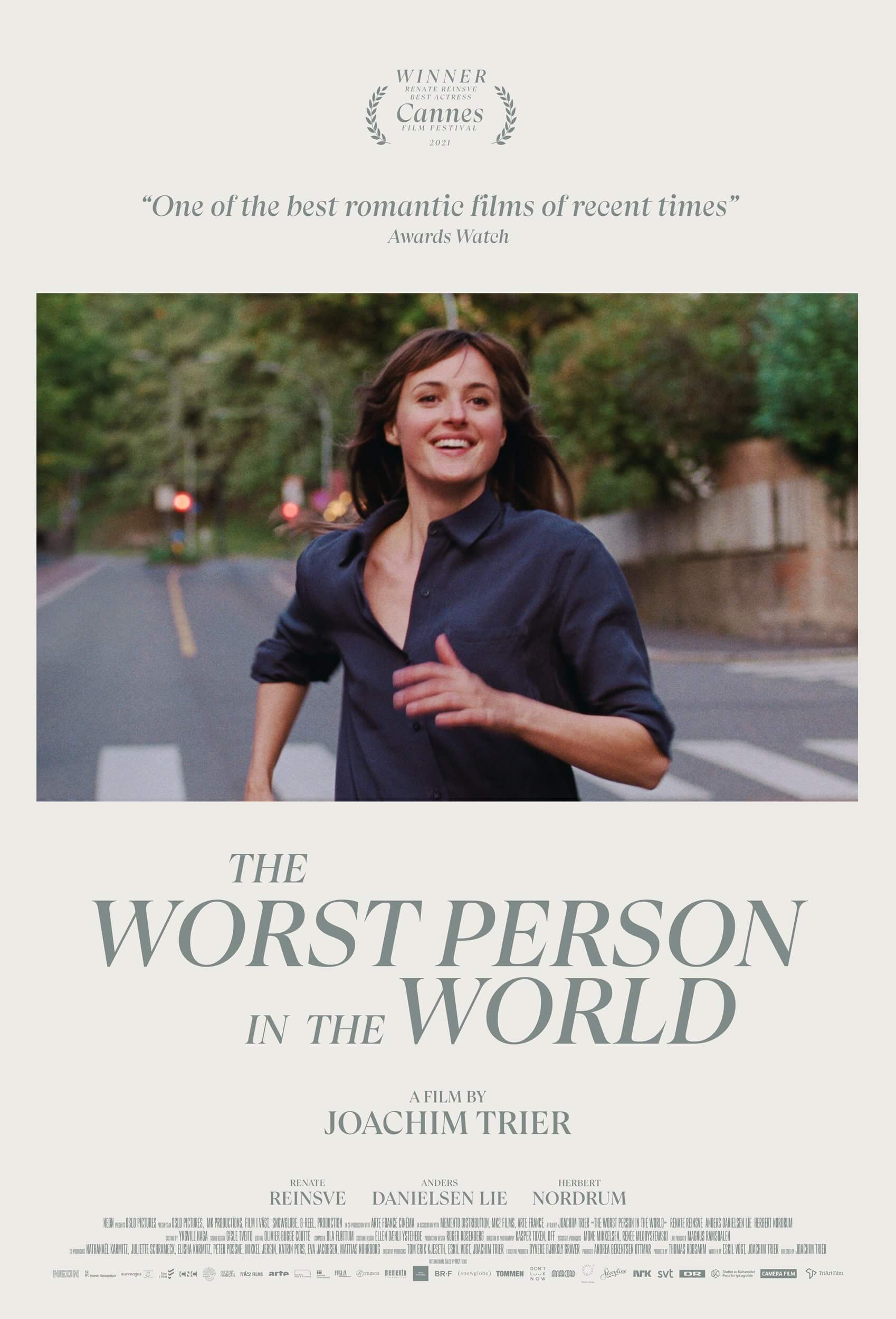
The Worst Person in the World will be released in theaters in New York and Los Angeles on February 4, 2022. The film expands to additional cities beginning February 11, 2022.


